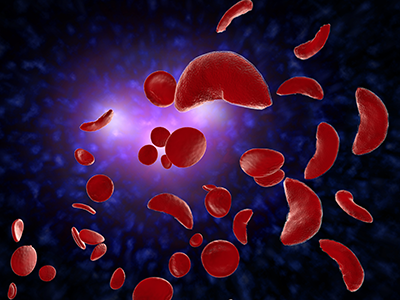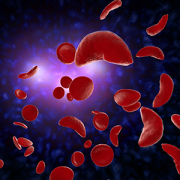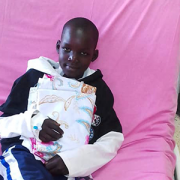New telemedicine-based behavioral intervention program eases pain of patients with SCD

Telemedicine-based behavioral interventions can reduce pain-related functional impairment in youth with SCD.
Sickle cell disease (SCD) pain is often associated with functional impairment and treatment is often limited to pharmacological approaches with unwanted side effects. Behavioral interventions are common for non-SCD pain populations, but interventions designed to address pain-related impairment in SCD are lacking.
In a recent study published in Pediatric Blood & Cancer, researchers conducted a pilot of a 4-week behavioral pain intervention for youth with SCD delivered via telemedicine known as the Balance Program.
Using an innovative combination of cognitive-behavioral therapy and acceptance-based approaches, researchers found that the intervention was feasible, evidenced by youth and caregiver ratings of high acceptability and satisfaction and excellent treatment completion rates. In addition, youth and their caregivers both reported significant reductions in the degree to which SCD pain interfered with daily activities after the treatment.
What’s been the hold-up in the field?
Researchers and clinicians know that there is a strong psychological component to all experiences of pain and there has been growing evidence in recent decades regarding the effectiveness of behavioral therapies for reducing pain and improving functioning.
“However, sickle cell disease presents unique challenges because unlike many pain presentations, it is common for patients with sickle cell disease to experience both acute and chronic pain, making treatment recommendations less clear,” said Megan Connolly, Ph.D., psychologist at Children’s National Hospital and the study’s lead author. “Previous studies have rarely focused on reducing pain-related disability, which is important for optimizing quality of life.”
How does this work move the field forward?
This study demonstrated the feasibility and acceptability of a telemedicine-based behavioral intervention to reduce pain-related functional impairment in youth with SCD. Nearly all youth and their caregivers rated the intervention as moderately or highly acceptable and 90% of patients completed the full treatment program.
“Moreover, the Balance Program resulted in significant reductions in the extent to which sickle cell disease pain interfered with daily activities,” Dr. Connolly added.
What about the findings is exciting?
This research explains what experts can be doing to reduce the impact of pain on the lives of children and adolescents with SCD. Through their findings, researchers learned that a telemedicine-based behavioral pain intervention, which is often more convenient for families than traveling to the hospital for weekly visits, can meaningfully reduce the impact of pain on daily living.
“It is one thing to develop a program that you think will be helpful, but it’s another thing to develop a program that families will be interested in and doesn’t add unnecessary stress to their lives,” Dr. Connolly said. “Although this study had a relatively small sample, I was also excited to see the magnitude of improvements in pain-related impairment, which was quite large. We plan to continue refining this treatment based on patient and caregiver feedback and looking for ways to increase accessibility to these types of treatments for sickle cell disease pain.”











